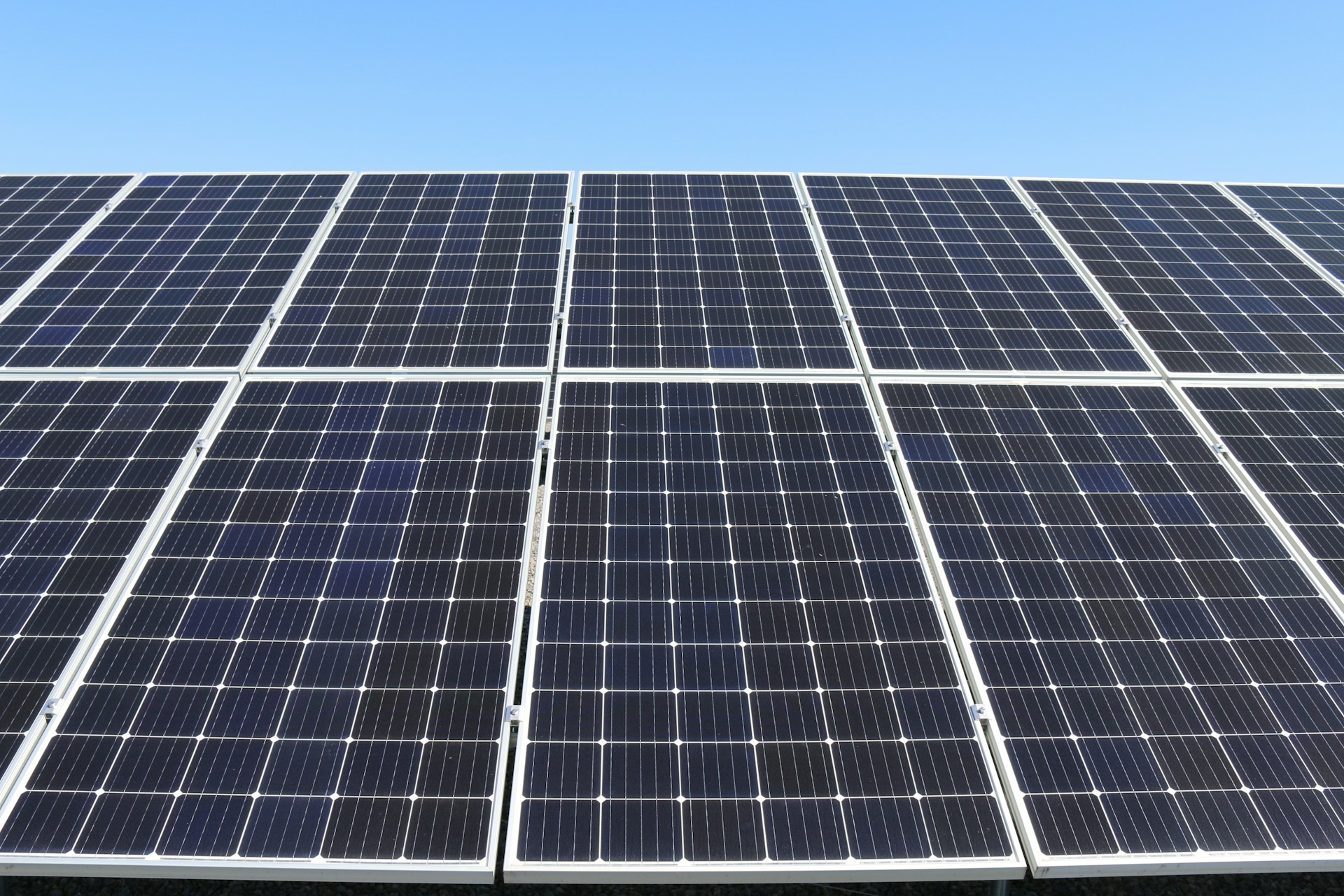Cruise Ship Solar Panels Could Help Cut Emissions, Save Fuel

Researchers are investigating the feasibility of equipping cruise ship cabins with solar panels to enhance energy efficiency and lower emissions. A team from the German Aerospace Center (DLR) conducted simulations to estimate the potential power output of these balcony-mounted photovoltaic (PV) panels.
The findings were impressive—on test voyages in the Caribbean and along the Norwegian coast, the panels generated between 3.2 and 3.8 megawatt-hours (MWh) of electricity daily. This could significantly reduce a vessel’s reliance on traditional fuel sources.
The push for more sustainable cruising aligns with the International Maritime Organization’s (IMO) stricter emissions targets. By 2030, the IMO aims to lower annual greenhouse gas emissions by at least 20%, with an ambitious target of 30%, increasing to a 70–80% reduction by 2040.
To achieve these goals, cruise lines are adopting innovative solutions such as battery storage, energy-efficient onboard grids, and now, potentially, balcony-mounted solar panels.
Though still in the experimental stage, the study suggests that solar technology could revolutionize the cruise industry. In the near future, cruise cabins may not only provide breathtaking ocean views but also serve as energy-efficient power sources.
The findings were published in the International Journal of Electrical Power and Energy Systems.